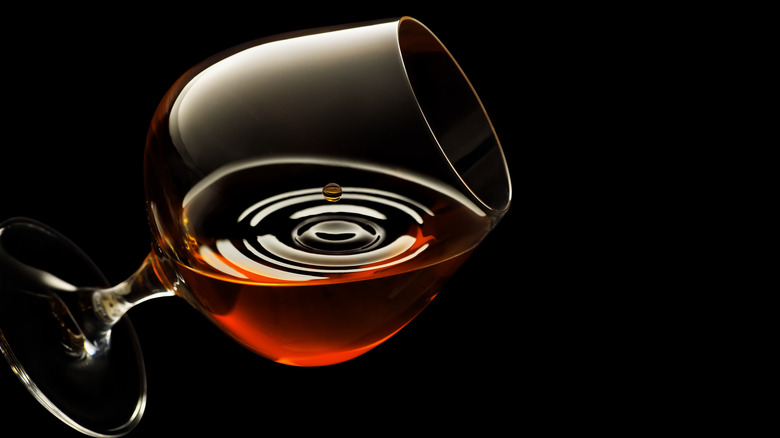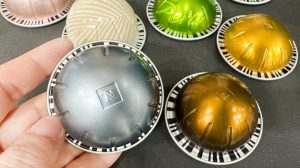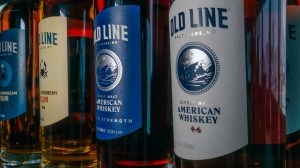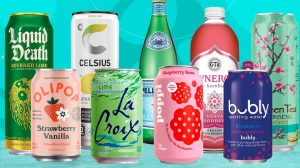Bourbon is hot, and this isn’t a reference to the sharp alcoholic burn that flares in the throat and races to the belly with each unadulterated sip. No, bourbon is having quite the moment. In fact, according to the Kentucky Distiller’s Association, the industry saw a 495% increase in production between 1999 and 2021, and a record-breaking number of visitors have been rushing to Kentucky’s Bourbon Trail — which, FYI, can take a week to fully traverse. Distilleries are pouring billions into expansion to meet demand. For a spirit that used to be considered grizzly and gauche, the numbers evidence a stunning turn of fortune that is thanks, in part, to wine.
On the face, bourbon and wine couldn’t be more different. Wine is unabashedly fruity and simple. Grape juice is fermented with yeast and possibly aged for a bit. What’s more? It covers a spectrum from red to white, rose to orange. Bourbon whiskey, on the other hand, is a bit more rigid and scientific. Legally made up of at least 51% corn, bourbon must be boiled and fermented into a “distiller’s beer” before the exacting process of distillation and years of aging in new charred oak barrels as mandated. For all those differences, the two share the strong bond of being alcoholic beverages steeped in tradition, history, and a distinct marketing strategy that whiskey makers borrowed from savvy wine sellers.
From dinners to tastings, wine blazed the trail
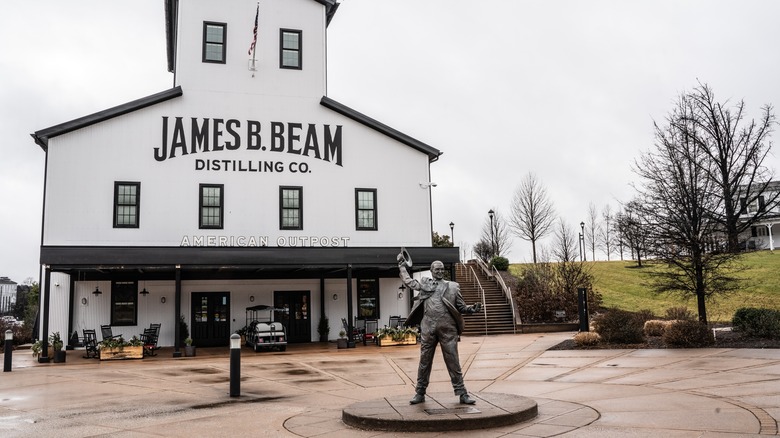
The 1970s were good for wine in the U.S. California wineries were starting to grow in esteem and Americans were beginning to grow their appreciation and knowledge of wine. Marketers took note and began creating an immersive culture around wine in the U.S. Dinners were planned that showcased the interplay between food and wine and wineries — once mere production facilities — opened their doors to the public for tours and tastings.
It wasn’t long before this approach was noticed by other alcohol manufacturers and sellers. Another foreign import, Scotch, was both alluring and mysterious while suffering from a slump. Brown spirits in general in the 1970s were considered old-fashioned in the face of light, clear, and sweet spirits and cocktails. To combat this view, Scotch makers began to host their own tasting and dinners as a sort of on-ramp to the smoky, peaty world of whisky. And it worked.
Thus, it was of little surprise when bourbon distillers and sellers did a copy and paste. Today, bourbon pairings, flights, dinners, and tastings — even at-home tasting parties — are no less common than those for wine or beer. Noting the draw of the wine-growing region in California, Kentucky bourbon distillers established the Bourbon Trail in 1999. Now, aficionados flock to their favorite distilleries for a peek at the magic and a chance to purchase straight from the source. So, when you raise your next glass of bourbon, maybe toast to wine.



